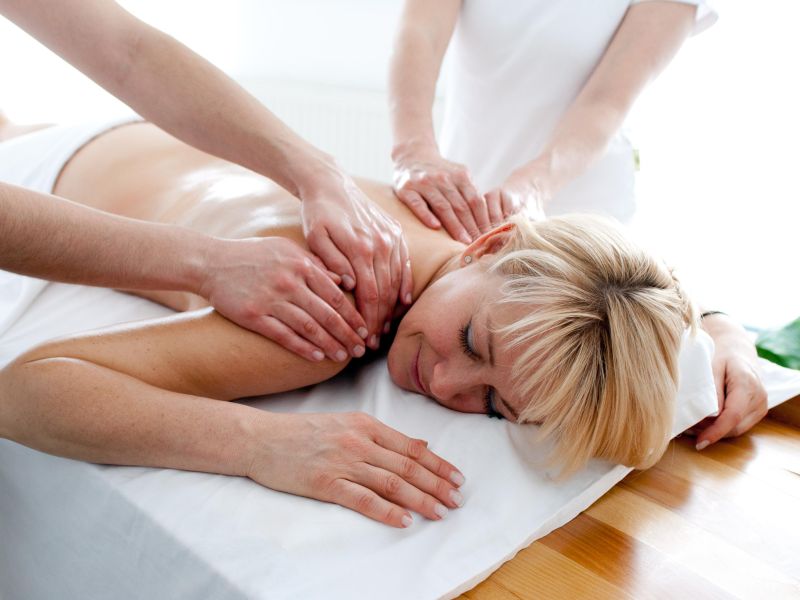Loving touch, oil massage and health
Touching the skin creates well-being. If this touch is combined with the use of oil, it has an even more beneficial effect on our health. Responsible for this is the release of messenger substances, the stimulation of the approx. 20 million tactile nerves and the nourishment of the microbiome (totality of germs) of the skin.
Anxiety and oxytocin
Anxiety is one of the big issues of our time. At birth, the expectant mother produces an above-average amount of oxytocin, which she gives to the newborn. Oxytocin is THE hormone of bonding and trust. When it is lacking, feelings of fear and isolation arise. It is produced whenever you give, love, touch and care for someone. The recipient of the touch and care also produces copious amounts of oxytocin. This hormone provides an immediate sense of well-being, rejuvenation and regeneration. It is associated with happiness, good health and longevity.
Oxytocin and massage
This hormone is produced in response to the skin sending a message of safety and security to the brain as a result of touch. It is most abundant when the touch is gentle, as in massage, which stimulates the skin at a low intensity and is applied at a warm temperature. Massage increases oxytocin and reduces stress hormones.
In a study published in the journal Alternative Therapies in Health and Medicine, 95 subjects were tested for levels of various neurotransmitters before and after a 15-minute massage.
- after a massage, the oxytocin level increased by 17% percent
- in the control group, which relaxed without massage, the oxytocin level decreased by 9%, at the same time the level of ACTH (stress hormone) increased by 30%.
- During the 15-minute oil massage, the ACTH level decreased by 20%.
Skin microbiome
It is possible that oil massage, like loving touch, has an effect on the skin's microbiome. It seems to change in a way that measurably improves health. The administration of probiotics also increased oxytocin levels and thus the state of relaxation and security.
Oil massage and the sense of touch
There are nerve endings all over the surface of the body. The sensory nerves of the skin are constantly exposed to stimuli: Touch, light (day/night, artificial light), viruses, bacteria and environmental toxins. All these stimuli can disrupt the circadian rhythms responsible for our night sleep.
Each arm has well over a million nerve endings that can be soothed by massaging oil into them! With a full body oil massage, you calm the entire nervous system in just a few minutes by gently applying oil to 20 million receptors. Once you have experienced how you can "massage away" a jet lag or stressful day with a single oil massage, you will be convinced of this method forever.
According to Ayurveda, every oil massage calms Vata and thus the entire nervous system. Modern research shows that this produces a lot of oxytocin in the body when done with mindfulness and love.
The microbes of the skin feed mainly on sebum, which the skin secretes. If the skin becomes too dry due to stress and climatic influences (winter), the skin flora changes adversely.
Effects of (self-) oil massage
Applying oils to your skin as part of a regular massage therapy not only strengthens your important skin barrier, but also has the following effects:
- Creates a nourishing environment for your natural skin flora.
- Balances Vata and the nervous system.
- Calms the 20 million sensory nerves on the body.
- Increases the production of oxytocin, the hormone associated with love, optimal health and bonding.
- Increases beneficial microbes that support mood and mental and physical health. Massage increases our oxytocin levels, and this improves our mood.
References:
[http://www.ncbi.nlm.nih.gov/pubmed/25628581
[http://www.ncbi.nlm.nih.gov/pubmed/15834840
http://www.ncbi.nlm.nih.gov/pubmed/23251939
Granstein, Richard D. and Luger, Thomas A. Neuroimmunology of the Skin: Basic Science to Clinical Practice. Springer Science & Business Media, 2009



We look forward to your feedback!